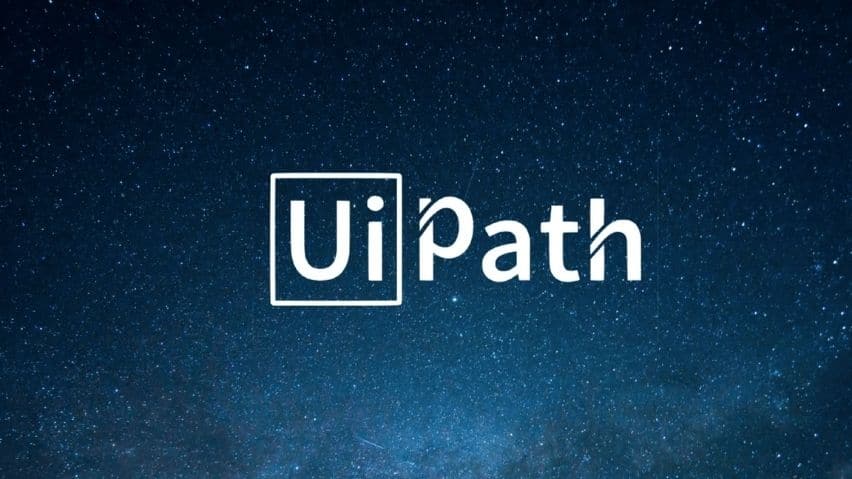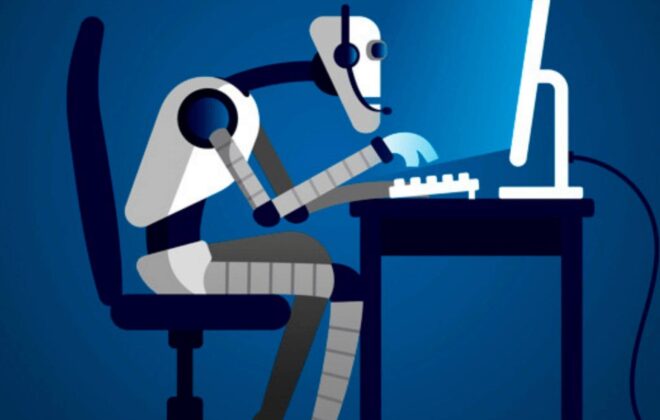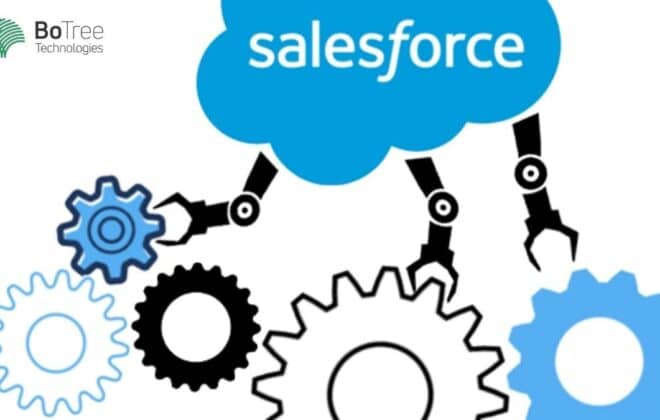
UiPath: One of the Top RPA Tool for Organizations
UiPath Overview
There are several RPA tools available in the market such as RPA UiPath, Automation Anywhere, BluePrism, etc. Each tool offers different functionalities and different user-interface. In this blog, we are particularly talking about UiPath.
UiPath robotic process automation was founded in 2005 by Romanian entrepreneurs, Daniel Dines, and Marius Tirca. The company was started from Bucharest, Romania and later opened offices in London, New York, Bengaluru, Singapore, and Tokyo.
What is UiPath?
UiPath is a Robotic Process Automation (RPA) tool that enables you to design automation processes in a visual style through diagrams. It can work on Citrix Automation, Business Process Automation Software, SAP Automation, BPO Automation, Robot Software, and Artificial Intelligence, etc.
UiPath Architecture
UiPath Architecture has three different components:
1. UiPath Studio
UiPath Studio is a union of automation of third-party applications, administrative repetitive tasks, and business processes. A project is graphical design of a business process. It allows you to automate processes by giving you full control of the execution order and the link between a custom set of steps, also known as activities in UiPath Studio. Each activity consists of an action, such as clicking a button, writing a file or message box, etc. The main types of supported workflows are:
- Sequences: Suitable for small automation tasks.
- Flowcharts: Suitable for more complex workflows and connect activities more diversely.
- State Machines: Suitable for very large workflows, which are triggered by a condition.
- Global Exception Handler: Suitable for determining the workflow when encountering an execution error and for debugging.
2. UiPath Robot
UiPath Robots are a significant component of the UiPath Enterprise RPA Platform. Robots execute the automated workflows designed in UiPath Studio and can be administered from UiPath Orchestrator.
The robot is split into several components, each being dedicated to a particular task in your uipath automation. The robot components are SCM-managed Robot Service, User Mode Robot Service, Executor, Agent, and Command-Line, etc.
The main types of robots are:
- Attended: Activated on the same workstation as a human to help the user carry out daily tasks. It is mostly triggered by user events. You cannot control this type of robot from the Orchestrator.
- Unattended: It can automate any number of processes. This type of robot is responsible for remote execution, monitoring, and scheduling, etc.
- NonProduction: Contains all the features of the Unattended Robot, but it should be used only for development and testing purposes.
- Development: It also contains the features of an Unattended Robot, but it should be used only to connect your Studio to Orchestrator, for development scope.
Read More: Top 10 Tools for Implementing Robotic Process Automation
3. UiPath Orchestrator
UiPath Orchestrator is a web application that allows you to manage your UiPath Robotics in executing a repetitive business task. Orchestrator lets you operate the creation, monitoring, and deployment of resources in your environment, acting in the same as a union point with third-party solutions and applications.
The main capabilities of Orchestrator are:
- Provisioning: Creates and keeps the connection between Robots and Orchestrator.
- Deployment: Confirms the correct delivery of the package versions to the assigned Robots for execution.
- Configuration: Sustain and delivers Robot environments and processes configuration.
- Queues: Confirms the queues and queue items management.
- Monitoring: Carries track of Robot identification data and maintains user permissions.
- Logging: Stores and indexes the logs to an SQL database and/or in ElasticSearch.
- Inter-connectivity: Acts as the assemble point of communication for 3rd party solutions or applications.
Types of Recorders in UiPath
In UiPath there are five types of recordings available:
- Basic Recorder: It generates a full selector for individual activity and no container. The resulted automation is slower than one that uses containers and it is suitable for single activities.
- Desktop Recorder: Suitable for all types of desktop applications and multiple actions. It is faster than the basic recorder, and it generates a container with the selector of the high-level window in which activities are enclosed and partial selectors for individual activity.
- Web Recorder: It is designed for recording in web applications and browsers, generates containers and uses the reproduce Type/Click input method by default.
- Image Recorder: It is used to record virtualized environments such as virtual machines, Citrix, SAP and more. It permits only image, text and keyboard automation as well as explicit positioning.
- Native Citrix Recorder: It is identical to the Desktop recorder, but for Citrix environments.
Features of UiPath
To automate tasks using RPA, choosing the right Robotic Process Automation Tool is very important.
UiPath provides the following features:
- Hosting Options: It can be hosted in cloud environments or virtual terminals.
- Application Compatibility: It offers a high range of applications to work with which includes web and desktop applications.
- Centralized repository: This feature helps for handling all the robots together by users.
- Security: It offers auto-login features to run the bots.
- Advanced screen scraping solution: A scraping solution that works with several applications like .Net, Java, Flash, PDF, Legacy, SAP, with full accuracy.
- Reliable tool for modeling business processes: The UiPath studio offers automation quality with the use of model business processes.
- Level of scalability and Robustness: Efficient debugging and exception handling mechanisms.
Industries using RPA UiPath
Here are some of the industries using UiPath RPA:
- Finance & Banking
- Insurance
- Healthcare
- Telecom
- Manufacturing
- Public Sector
- Retail & CPG, etc.
The UiPath studio also brings excellence through robotic process automation technology by giving a solid instrument to demonstrate the repetitive business tasks no matter how complex it is and the UiPath Orchestrator empowers for quicker launching of the robots. It helps users to track and audit the activities, schedule all processes, and inspect work lines.




